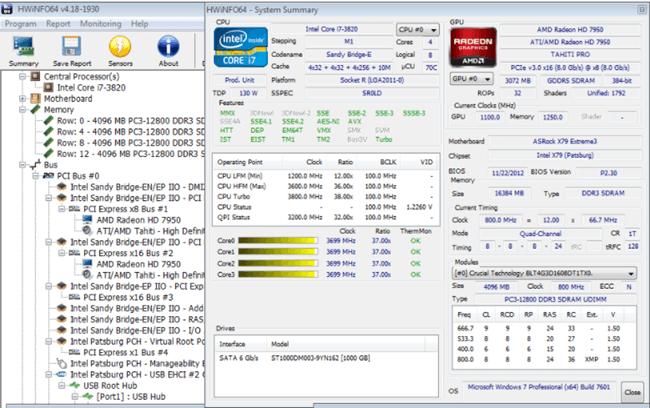

NET (more on this you can find on MSDN article Using WMI) MSMQ can be accesed through WMI (Windows Management Instrumentation) and by this it means that exposes API to. Using MessageQueue.GetAllMessages() to get number of messages in the queue is inefficient and should be avoided. Essentially, you do not need messages, you only need count which is only a number. This can cause cause huge memory consumption depending on the frequency, size of the message and current number of messages in the queue and can impact performances of the application. This is inefficient way to get the message count because it requires to read all messages and store them in array which is in memory. Var count = MessageQueue.GetAllMessages().Length Getting length of the result array can give you number of messages in the queue Instead of count it supports pulling out all messages (not dequeuing them - they still stay in the queue) using MessageQueue.GetAllMessages() which returns an array of messages. One of the downsizes of this class is that it does not support count of messages currently in the queue. Adding reference to this assembly you will be able to manipulate with message queues by instantiating class. NET framework supports MSMQ out of the box through System.Messaging namespace which is part of assembly.
HOW TO GET CORE COUNT IN WINDOWS WINDOWS 8.1
Latest version of MSMQ is 6.3 and it is built in in Windows 8.1 and Windows Server 2012 R2. This means it is still widely used Windows based applications mostly for internal notifications and services between components of the solution.

HOW TO GET CORE COUNT IN WINDOWS PLUS
However, it still has it's place in application architecture as a simple queueing system, plus as I mentioned, it comes out of the box with Windows operating system as a Windows component. It is not so popular now days as there are more efficient and robust solutions available. If you want to use all the CPU, then select All processes.MSMQ (Microsoft Message Queuing) is a built in Windows component. Check/ Uncheck beside the CPU that you want to utilize or not. The Processor affinity menu box will open. This will enable you to manage which CPUs should be used by the application.Ħ. Now again right click on the app, and select Set Affinity. To find what cores are used by an app, right click on an app and click on Go To Details.ĥ. Under the processes tab, you will find apps running. You can manage the number of cores used by an app. This is the number of actual physical cores and doesn’t include virtual cores.Ĥ. Just below cores, there is Logical Cores. Beside Cores, the number of cores is written. Here you can find the detailed information about your PC’s processor. Now in the right pane, there is CPU utilization graph. In the left panel, you will find the menu called CPU. As Task manager opens, click on the Performance Tab.ģ. To open, press Alt+Ctrl_Del key combinations on your keyboard. Steps To Find The Number Of Cores In A Processor And Limit Core Use By Apps in Windows 10ġ. The following tutorial will show you the number of cores in a processor and the process of limiting the core use by apps in Windows OS. The process is the same regardless which type of application you want to limit core use for. Then, you can limit how many cores an app uses. For that, you must know first, how many cores are there in your CPU. You can limit the cores that can be used by any application running on your computer. Windows operating system gives you the freedom to customize your operating system as much as you can.


 0 kommentar(er)
0 kommentar(er)
